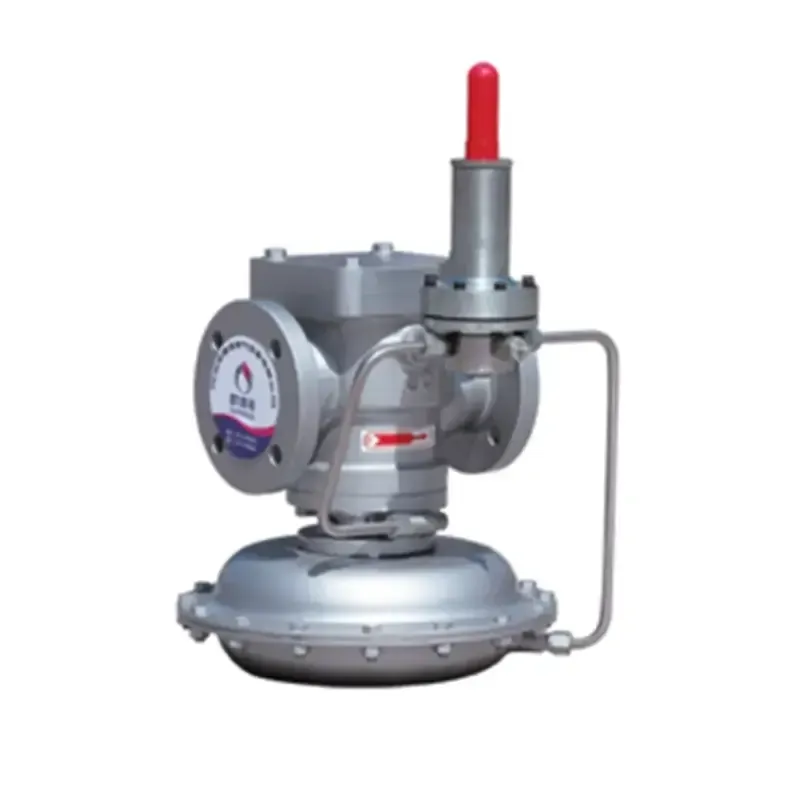
Nov . 18, 2024 00:56
Back to list
Pressure Relief Equipment for Enhanced Safety and Efficiency in Industrial Applications
Understanding Pressure Relief Equipment An Essential Component in Safety Management
Pressure relief equipment plays a critical role in various industries, ensuring safety and efficiency in operations involving pressurized systems. These devices are designed to prevent excessive pressure from building up in containers, pipelines, and other apparatuses, thereby avoiding catastrophic failures that could lead to significant hazards, including explosions, equipment damage, and environmental consequences.
.
Pressure relief valves (PRVs) are among the most widely used devices in this category. They automatically release pressure when it exceeds a predetermined level, returning the system to safe working conditions. PRVs are designed to reclose once normal operating pressure is restored, making them both efficient and effective. Similarly, rupture disks offer a one-time pressure relief solution, bursting at a specific pressure to release contents safely and prevent overpressure scenarios.
معدات تخفيف الضغط

The importance of regular maintenance and inspection of pressure relief equipment cannot be overstated. Over time, wear and tear can compromise the integrity and functionality of these devices, leading to potential failures. Routine checks ensure that equipment is operating correctly and meets established safety standards and regulations.
Moreover, accurate sizing and selection of pressure relief devices are crucial for their effectiveness. Each application has unique pressure and flow requirements, and improper sizing can lead to inadequate protection or unnecessary releases, both of which can result in safety threats and operational inefficiencies.
In addition to their technical aspects, understanding the regulatory framework governing pressure relief equipment is essential. Compliance with industry standards ensures that businesses avoid legal repercussions and maintain public trust. Organizations like the American Society of Mechanical Engineers (ASME) set guidelines that dictate the design, testing, and maintenance of these devices, fostering a culture of safety within the industry.
In conclusion, pressure relief equipment is an indispensable element of safety management in high-pressure environments. By ensuring the functionality and reliability of these devices, industries can protect their workforce, safeguard the environment, and maintain operational integrity. Investing in quality pressure relief solutions and adhering to best practices is not just a regulatory necessity; it is a commitment to safety and responsibility.
Latest news
-
Safety Valve Spring-Loaded Design Overpressure ProtectionNewsJul.25,2025
-
Precision Voltage Regulator AC5 Accuracy Grade PerformanceNewsJul.25,2025
-
Natural Gas Pressure Regulating Skid Industrial Pipeline ApplicationsNewsJul.25,2025
-
Natural Gas Filter Stainless Steel Mesh Element DesignNewsJul.25,2025
-
Gas Pressure Regulator Valve Direct-Acting Spring-Loaded DesignNewsJul.25,2025
-
Decompression Equipment Multi-Stage Heat Exchange System DesignNewsJul.25,2025

